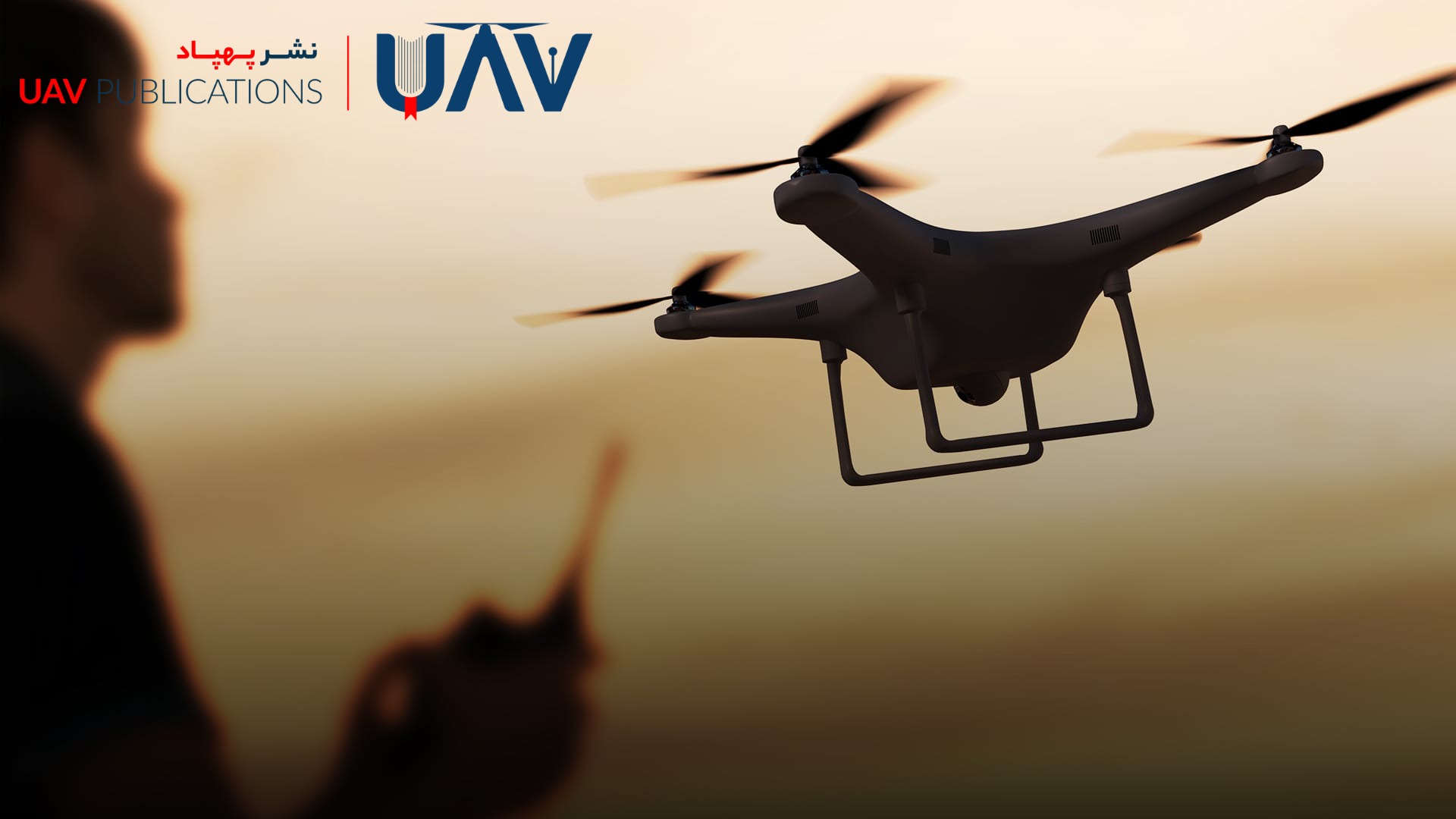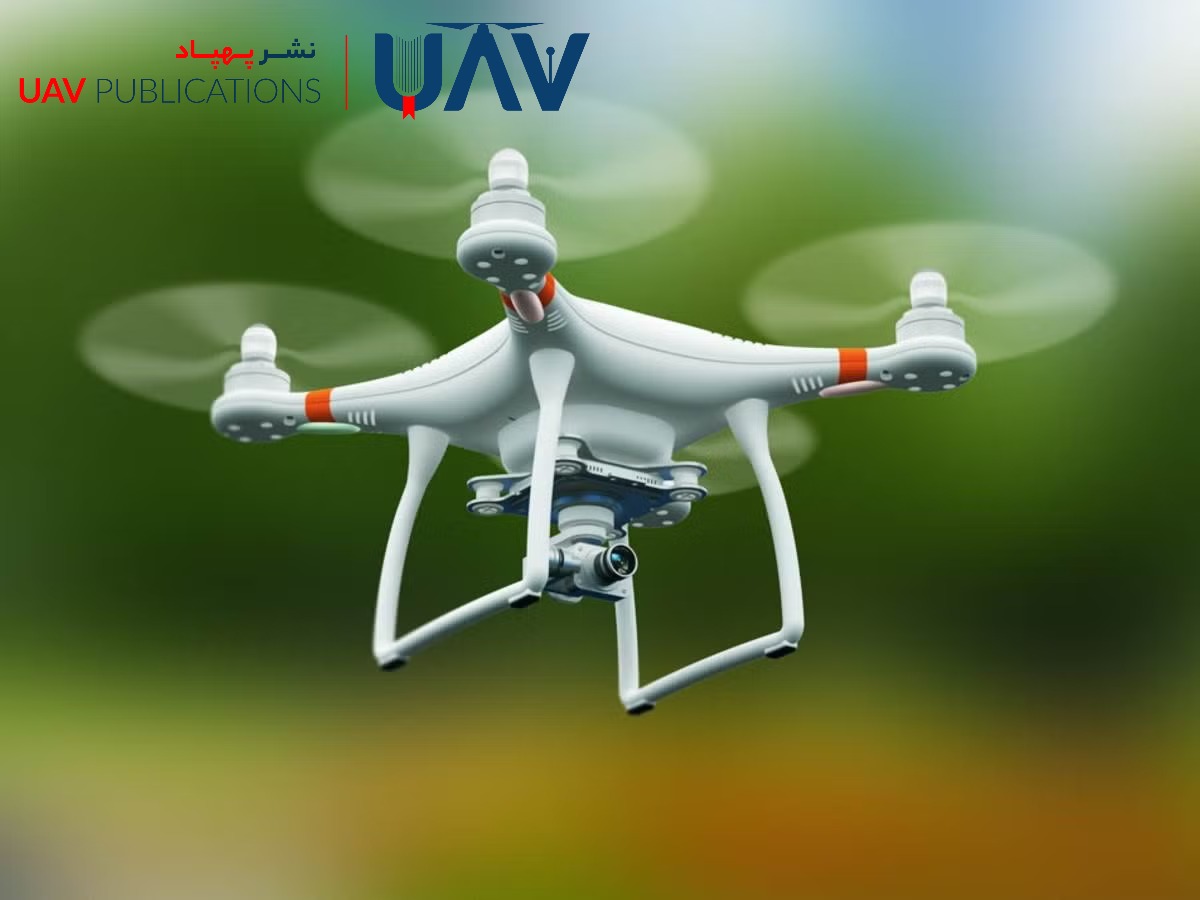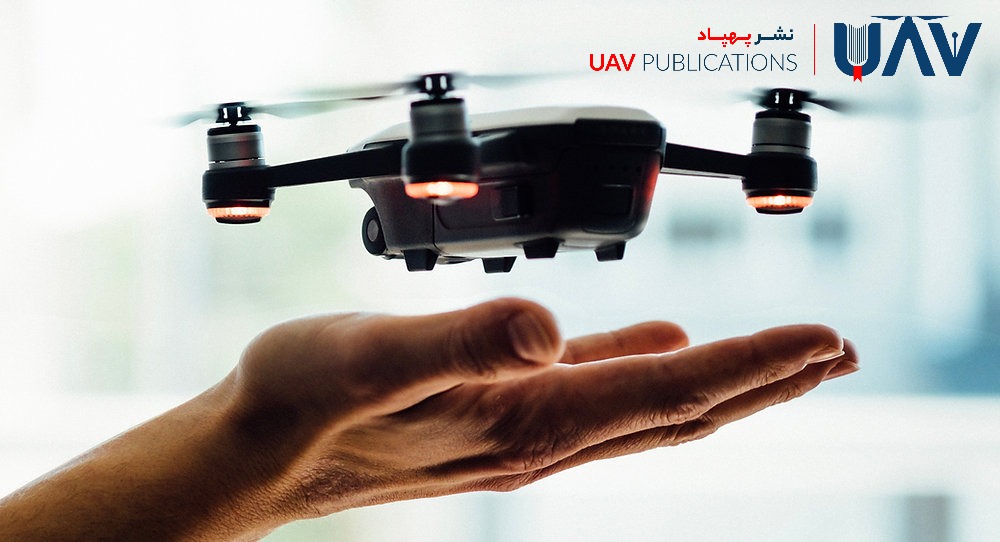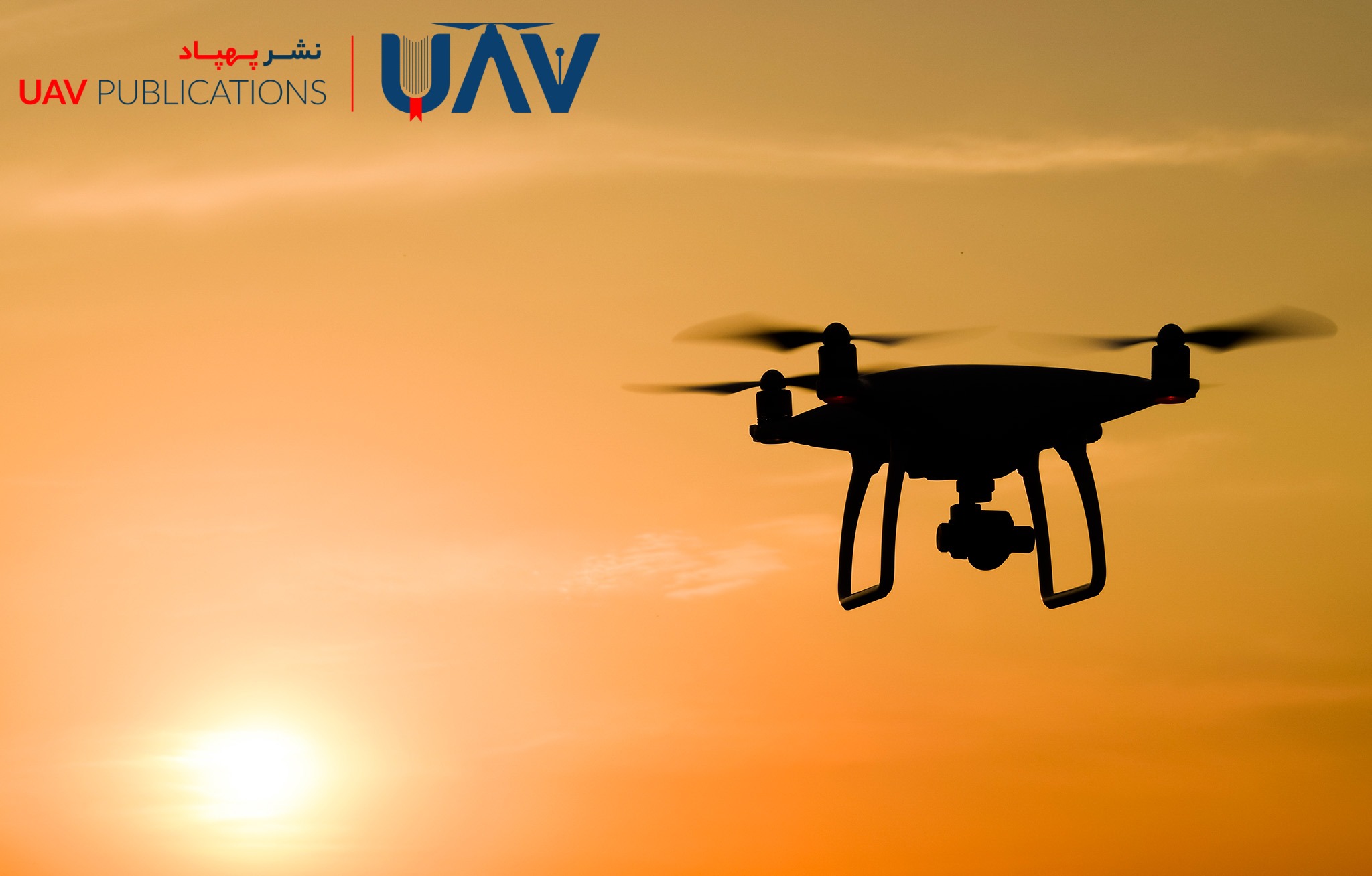Exploring Techniques for Extending Drone Battery Lifespan
Enhancing the lifespan of a drone battery is not solely a matter of proper storage—it requires implementing a set of practical, informed techniques. One of the most critical practices is adhering to optimal charge and discharge voltage levels. It is recommended to maintain battery voltage between 3.7V and 4.1V and to avoid deep discharges below 3.3V. This significantly reduces stress on the battery cells.
Another essential technique is to avoid immediate cooling of the battery after a flight. Allow the battery to cool down naturally before recharging. Charging a warm battery, especially at high ambient temperatures, increases internal pressure and accelerates chemical degradation.
Utilizing smart, battery-compatible chargers ensures precise control over input current and voltage. Additional strategies include using “eco mode” or low-power flight modes when available. Reducing motor load and flight range helps regulate power consumption, contributing to longer battery life.
For professional drone operators, it is advisable to rotate between multiple batteries to prevent overuse of any single one. Collectively, these strategies significantly improve battery performance and long-term efficiency. In the sections below, we will explore each of these techniques in greater depth.
Understanding Drone Battery Architecture
To effectively increase drone battery longevity, it is essential to understand the internal structure of the drone. Lithium Polymer (Li-Po) batteries are the most commonly used type in drones. These batteries offer high energy density and an excellent power-to-weight ratio, but they are also susceptible to damage. Environmental temperature, charging and discharging habits, and storage duration all directly impact their lifespan and performance.
It’s crucial to recognize that a battery is not merely a passive energy source; it is a chemically active component under constant stress. For instance, if the cell voltage drops too low or the battery is consistently charged to 100%, chemical breakdown begins to occur. Users should learn to operate within recommended charge ranges, fly at optimal temperatures, and store batteries properly.
Professional users typically operate batteries at charge levels between 20% and 85% to avoid voltage drops during flight. Smart chargers equipped with auto-shutoff functions also help preserve battery health by terminating the charge once the optimal level is reached. Understanding battery structure is the first step toward better management and extended lifespan.
The Role of Temperature in Drone Battery Longevity
Ambient temperature is one of the most significant factors affecting the health of drone batteries. Lithium-based batteries operate most efficiently within a narrow temperature range, specifically between 15°C and 30°C (59°F and 86°F). In colder environments, internal chemical reactions slow down, reducing output power and potentially causing sudden voltage drops or mid-flight shutdowns.

Conversely, excessive heat accelerates internal degradation, causes cell swelling, and reduces overall battery life. Therefore, monitoring environmental temperature and planning flights accordingly is essential. Many drone control apps offer real-time battery temperature readings, allowing operators to abort flights if the battery overheats.
Storing batteries in hot environments—such as a car trunk during summer—can be severely damaging. Similarly, charging a hot battery or using it immediately after full charge should be avoided. During extended flights or heavy filming sessions, incorporate breaks or cooling systems to maintain safe temperatures. Temperature regulation not only protects the battery from physical damage but also ensures stable energy output during flight.
Proper Timing of Charging and Discharging
Correctly timing the charge and discharge cycles is another key to prolonging the life of a drone battery. Li-Po batteries must be managed to avoid overcharging and should not be left unused for extended periods at full charge. When storing a battery for any length of time, charge it to approximately 50% and place it in “Storage Mode.” This is the optimal condition to prevent chemical wear and extend battery life.
Avoid overnight or prolonged charging. Even though smart chargers shut off automatically, extended connection can still warm the battery unnecessarily. Also, avoid using a battery immediately after charging—it requires time to cool down before it is safe for operation.
Complete discharge to 0% is highly discouraged. It is recommended to end flights when the battery level drops to 20%. Adhering to these practices safeguards internal components and ensures consistent performance over time.
How Flight Settings Affect Battery Consumption
Flight settings have a significant impact on power consumption and overall battery life. Engaging high-speed modes or executing sudden, aggressive maneuvers rapidly depletes energy and raises battery temperature, shortening its usable life. In contrast, smooth, controlled flights not only enhance safety but also optimize energy use.

Many modern drones offer adjustable motor power, propeller rotation speed, and multiple flight modes. Choosing more conservative settings—such as economy or cinematic modes—can significantly reduce battery strain. Altitude and environmental factors also play a role; flying at high altitudes on windy days increases energy consumption, while urban environments with signal interference require more power to maintain stability.
When using onboard cameras, lowering video resolution (e.g., from 4K to 1080p) can also help conserve battery life. By tailoring flight settings with battery preservation in mind, users can prevent unexpected shutdowns and extend operational lifespan.
The Importance of Using Genuine and Certified Batteries
A common mistake among drone users is opting for cheap, non-original batteries that appear cost-effective but pose hidden risks. The drone manufacturer specifically engineers genuine batteries to work seamlessly with the device’s power and control systems.
Using original batteries not only ensures compatibility and safety but also minimizes the risk of technical failures mid-flight. Counterfeit or off-brand batteries may have improper voltage ratings or lack essential safety features, increasing the risk of overheating, fires, or sudden shutdowns.
Official batteries are equipped with precise protective circuits that automatically shut off when temperatures or currents become unsafe. Furthermore, they are calibrated to work with smart chargers, ensuring accurate charging cycles. In contrast, knock-off batteries often fail to communicate appropriately with intelligent systems, leading to overcharging or undercharging.
Investing in high-quality, branded batteries—such as those offered by DJI, Autel, Parrot, or Skydio—guarantees integrated battery management systems (BMS) that monitor temperature, current, voltage, and cell health in real time. Though imitation batteries may cost less upfront, the long-term risks to equipment and safety far outweigh any savings. Always verify authenticity by checking serial numbers and cross-referencing them with official manufacturer specifications.
Proper Storage and Transport Practices
The storage of a drone battery when not in use has a significant impact on its longevity. Batteries should be kept in a cool, dry place—ideally between 59°F and 77°F (15°C to 25°C)—away from direct sunlight, moisture, and dust. If the drone is not in use for an extended period, maintain battery charge between 50–60% and store it in storage mode. This level applies minimal chemical stress and preserves battery health.
For air travel or long-distance transport, always use fireproof LiPo bags to prevent heat transfer and ensure safety in the event of a short circuit or combustion. When transporting multiple batteries, keep them separated and label each with the date of last use or charge to help manage rotation and avoid overuse of a single unit.

These simple yet effective practices, when combined with the other recommendations in this guide, contribute significantly to battery longevity and reliable drone performance.
Routine Battery Health Monitoring
Just as you would inspect the drone’s motors or propellers, battery health should be routinely assessed. Intelligent batteries typically provide detailed data through associated apps, including cycle count, remaining capacity, cell voltage, real-time temperature, and charging history.
This information is invaluable in identifying early signs of degradation. For example, if one cell consistently shows a lower voltage, it could indicate internal damage and a potential voltage drop during flight. Professionals often calibrate batteries using dedicated software, discharging and recharging them thoroughly to ensure accurate performance metrics.
Never ignore warning messages such as “Battery needs service” or “Battery error.” Timely detection can prevent total battery failure or even dangerous incidents. Regular battery checks not only extend operational life but also ensure safer, more dependable flights.
Choosing Standard and High-Quality Chargers
An often-overlooked contributor to battery failure is the use of low-quality or incompatible chargers. Chargers delivering incorrect voltage or current may overcharge or undercharge batteries, causing overheating, which can degrade the battery over time.

Official and smart chargers come with built-in safety circuits that automatically adjust or cut off power when irregularities are detected. Advanced features like “Balance Charge” and “Storage Charge” are particularly beneficial for professionals, ensuring each battery cell is evenly charged and properly maintained.
Although fast charging may appear convenient, it introduces heat and chemical stress. For long-term battery health, slow, steady charging is preferable. If rapid charging is necessary, always use the original chargers and high-quality cables designed explicitly for your drone model.
Meticulous Tracking and Battery Management
The final strategy for prolonging drone battery life involves documenting and managing battery usage. Professional users often maintain logs that track charge cycles, flight duration, operating temperatures, and last-use dates. This approach ensures equal usage among batteries and prevents over-reliance on a single unit.
Basic tools such as Excel sheets, mobile apps, or handwritten notes can be used to track battery performance. After each flight, record the remaining charge percentage and note any abnormal heating or rapid discharge. If issues persist, remove the battery from circulation or consult technical support.
Proactive energy management not only extends battery lifespan but also enhances flight safety, video quality, and overall equipment reliability. The battery is the heart of your drone, and its care is essential to mission success.

